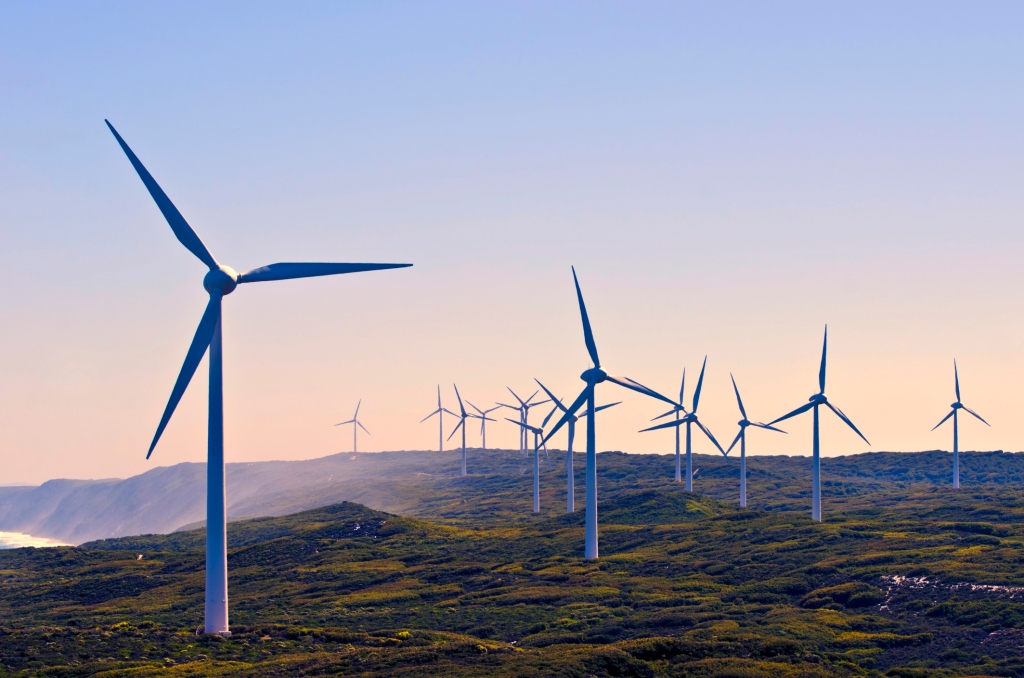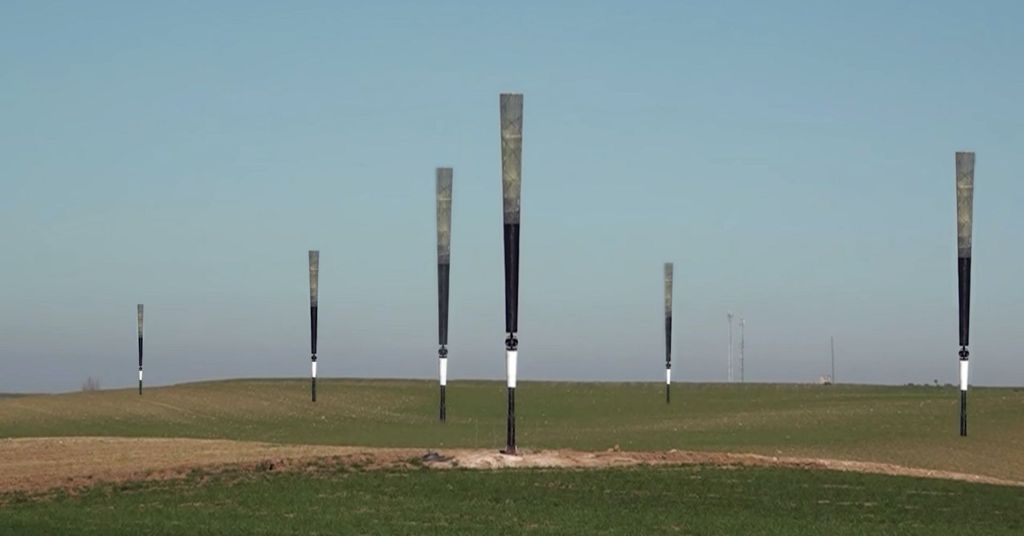The use of wind turbines as a means of harnessing the wind to produce electrical power may seem a new innovation in finding a more sustainable source of energy to counteract climate change, but our use of wind power is not new. Wind has been an essential source of energy throughout human history, from powering sailing ships to windmills.
Wind turbines transform the wind’s kinetic energy into mechanical energy. This mechanical energy can be converted into electricity using a generator, which can be used for specific activities directly such as direct grid connection and charging a battery unit.
Even though wind power, in the form of wind turbines, is one of the fastest growing energy sources in the world, it is not without its critics, even from the environmentally conscious. While being cost-effective and environmentally friendly, commonly heard criticisms are that the turbines themselves might cause noise pollution, due to the noise produced by the blades; and aesthetic pollution, caused by the visual impact to the landscape. Also wind turbines have been criticised for their impact on local wildlife, such as birds flying into the spinning turbine blades.

Aware of these criticisms, it was with great interest that I discovered that there is an alternative form of wind turbine being developed. These are Bladeless Turbines. The technology uses no blades, getting energy from wind through oscillation without gears, brakes nor oil. Basically, bladeless technology consists of a cylinder fixed vertically with an elastic rod. The cylinder oscillates on a wind range, which then generates electricity through an alternator system. In other words, it is a wind turbine that is not actually a turbine.
The outer cylinder is designed to be largely rigid and has the ability to vibrate, remaining anchored to the bottom rod. The top of the cylinder is unconstrained and has the maximum amplitude of the oscillation. The structure is built using resins reinforced with carbon and/or glass fiber, materials used in conventional wind turbine blades.
The energy from the wind is captured by a resonance phenomenon called vortex shedding, which is caused by an aerodynamic action. In fluid dynamics, the flow is modified when the wind passes through a blunt body, resulting in a cyclical pattern of vortices. The body begins to oscillate and enters into resonance with the wind when the frequency of these forces approaches that of the body’s structural frequency. This is also known as Vortex-Induced Vibration.

A bladeless turbine is not one of the most frequently proposed designs. However, it is simple and made up of only one structural component. So, it has more advantages in terms of manufacture, transportation, storage, and installation. There are no bearings, gears, or other moving parts in the new wind turbine design, so their maintenance is simple. When compared to blade wind turbines, bladeless turbines will generate electricity for 40% less money.
The bladeless windmill is very simple to build. The conical mast is pivoted vertically with the help of a cylindrical rod that is held within a roller bearing and vibrates in just one direction. A metal sheet is used to cover the area below the pivot. The upper half of the mast flutters in the wind, while the lower part is connected to the crankshaft.
In answer to the criticisms listed above against the standard blade turbines, there are many advantages to designing a turbine without blades. Compared to standard turbines, anchoring or foundation requirements are greatly decreased, making installation much easier. The reduced swept area of these turbines allows more turbines to be positioned within the same surface area, compensating for the loss of power efficiency with space efficiency in a cost-effective manner. There are also few moving parts, which not only help to reduce noise, but also do not pose a threat to birds.

But there are disadvantages compared to the blade turbines. The technology is still in its infancy, and therefore current bladeless turbines are less efficient in converting captured wind power into electrical energy, which has limited their widespread adoption. Also, in order to generate a substantial quantity of power, the vane must wobble at a fast speed. However, the higher the oscillation speed, the greater the stress on the vane and the foundation that keeps it upright. Finally, depending on the desired outcomes, the mast height can be increased. So a disadvantage is that their initial cost is higher than the operating cost.
Technology is always advancing, however, and while three-bladed turbines have been the standard model of renewable energy production in recent years, this does not guarantee that they will continue to be so in the future. Engineers are working on more efficient and effective designs for future energy generation.
What prevents the immediate and full conversion to wind power is that it competes with conventional generation sources on a cost basis. Even though the cost of wind power has decreased dramatically in the past several decades, wind projects must be able to compete economically with the lowest-cost source of electricity, and some locations may not be windy enough to be cost competitive. Good land-based wind sites are often located in remote locations, far from cities where the electricity is needed. And wind resource development might not be the most profitable use of the land. Land suitable for wind-turbine installation must compete with alternative uses for the land, which might be more highly valued than electricity genereation.
